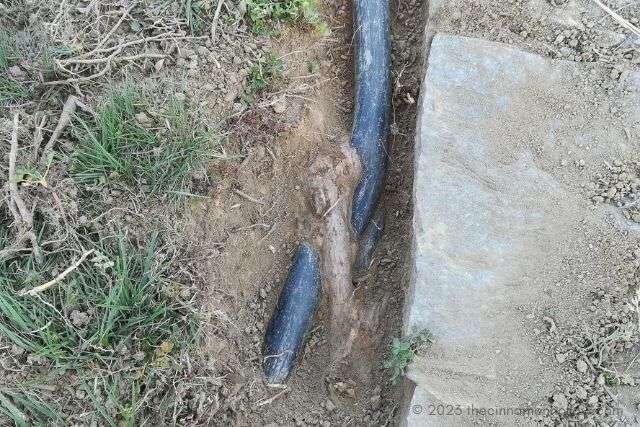If you have problems with the pipes at your home or business, you may be looking into the best way to handle the issue. Should you try to get them repaired, or do they need to be replaced? Which one of those options is best depends on several factors, including the age of the pipes, their overall condition, and where they’re located. One of the ideas you might not have considered is pipelining, which can restore some pipes efficiently for a cost-effective solution.

What is Pipelining and How Does It Work?
Pipelining is a minimally invasive way to rebuild broken, cracked, or leaking pipes from the inside out. It also works for root-infested pipes that are located too close to trees. Because this is less disruptive to the area and doesn’t take as long as digging up and replacing the pipe, it can be a less expensive and more convenient choice. There are several different techniques that are all considered pipelining, and working with a plumber can help you determine which one of them is going to be the best for your needs. There may be options for your situation or a big reason why only one method will work for you.
Slip-Lining
While slip-lining is an older method, it’s still in use and can be very effective under the right conditions. A smaller pipe, called a “carrier pipe,” is slid inside of a larger “host pipe,” and the two are sealed together. Fiberglass-reinforced pipe is often used for this method, along with high-density polyethylene (HDPE). Grouting the space between the pipes ensures that they’re properly sealed together.
Pull-in-Place
Pull-in-place options can be another good suggestion when you’re looking for the right pipelining services. This is an ideal option if the pipe has larger cracks or gaps in it. A liner will be placed in the pipe and bonded to it using heat, and once it cures, it will make the pipe as good as new. Two access points are created in this method, and the liner is saturated with epoxy and manipulated into the pipe. Then, it’s pulled into position using the access points and inflated. By being held against the inside walls of the current pipe until it’s dry, you can feel confident that the pipe is sealed correctly.
Internal Coating
This is a good method for sewer pipes that have leaks or cracks. The pipe is fully drained and dried to remove water, and then a thick coating of epoxy is sprayed into the interior. By providing an internal coating that’s solid and secure this will seal up any cracks and protect the pipe for the future. This method helps make sewer pipes as good as new and can reduce any worries you have about the condition of the pipes at your home or business.
Cured-in-Place
This is a trenchless method of restoring existing pipes damaged by cracks, roots, leaks, or even rust. It’s minimally disruptive to property because there’s no need to dig a big trench, and it can extend the lifespan of your pipes. In some cases, these updated and repaired pipes will be secure and working correctly for up to 100 years.
Pipe Bursting
If the pipe is too severely damaged to be repaired and needs to be replaced, a bursting head can be used to break up the pipe. It’s inserted at one end and pulled through the length of the pipe that needs replacement. Then, a new plastic pipe is put in its place. This is only used in cases where it’s not possible to repair the pipe that’s already there because it’s typically more expensive and invasive than other methods.
The Pros Can Help You Choose
The best way to get the right pipelining options for your needs is to work with professionals who can help. Then, you can get the information you’re looking for to make a knowledgeable decision and understand the best repair method for your situation. Not only will you have pipes that work properly again, but you’ll also have confidence in your updated plumbing system and peace of mind for the future.






